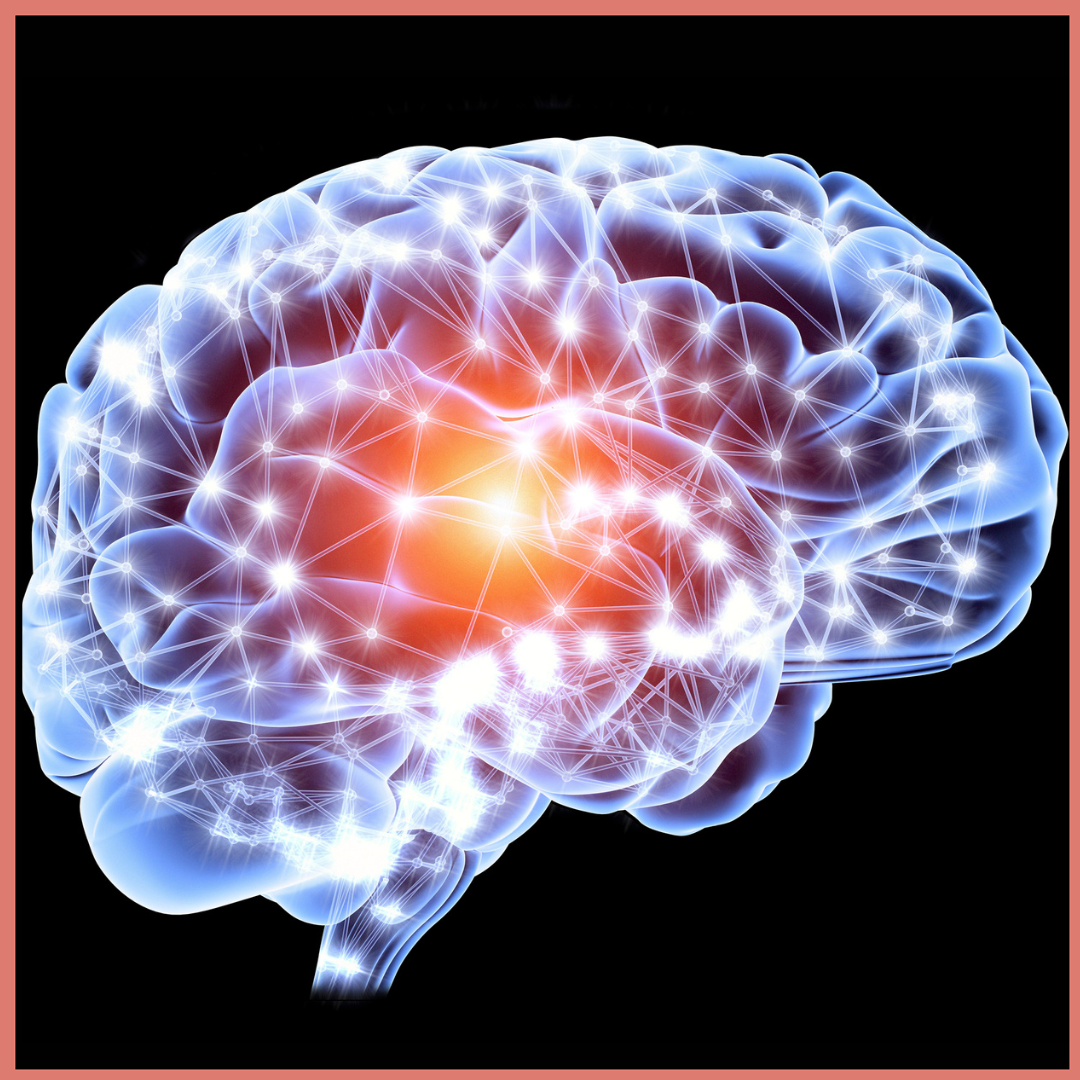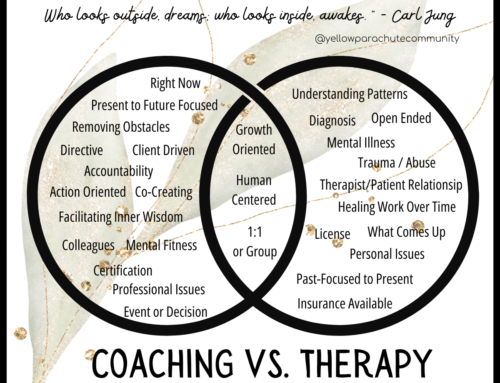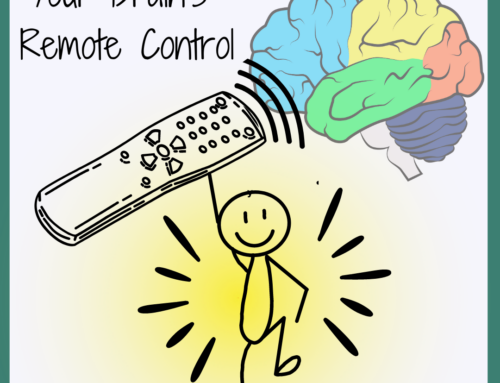This article is adapted from “ADHD, Inattention Explained” By Janice Rodden, Joel Nigg, Ph.D. Updated on June 29, 2023 on ADDitude.com
The Impact of Brain Networks on Attention in ADHD
Why are we doing this AGAIN?!?!?
As teachers and parents, it is important for us to understand how the brains of children with ADHD work differently when it comes to attention, focus, and learning.
“Brain networks,” which refer to the communication between different regions of the brain, play a crucial role in determining inattention, impulsivity, and emotional regulation in individuals with ADHD.
The Challenge of Inattention: Shortage or Abundance of Focus?
Inattention is a primary symptom of ADHD, but it can manifest in different ways.
Some children may struggle to focus on their teacher when they notice squirrels playing outside the classroom window. On the other hand, some may become so engrossed in a video game that they seem to tune out the world around them completely.
This duality highlights the difficulty individuals with ADHD face in controlling their attention.
The Automatic Attention Capture System: The Brain’s Response to Distraction
One reason for the challenges with attention in ADHD is the activation of the brain’s “automatic attention capture system.”
This system responds reflexively to sights and sounds, both welcome and unwelcome distractions. When distractions occur, a signal is sent to the parietal lobe, the part of the brain responsible for tracking long-term goals and obligations.
Underdeveloped Connections: A Barrier to Ignoring Distractions
However, in individuals with ADHD, the connections between neural networks are underdeveloped and weak.
This means that the signal to ignore distraction and refocus is lost. Without this reminder, individuals with ADHD find it difficult to break away from tasks or stimuli that capture their attention.
Now maybe you are nodding in understanding at the common joke among ADHDers, “Squirrel!” or why you find it EXTRA annoying when someone is rustling a candy wrapper during a quiet point in a movie, or maybe even why your student sleeps with a blanket over their head to block out every inch of light from reaching their tired eyes.
The Role of Brain Communication: Why Willpower Alone Isn’t Enough
Joel Nigg, Ph.D., explains that the challenges with focus and attention in ADHD are not simply a matter of willpower or motivation.
Instead, focus is dependent on the complex science of axonal fibers connecting different regions of the brain. When these connections are compromised, it becomes challenging for the front of the brain to capture attention and suppress distracting behaviors.
What’s important to remember here, is that it really is “all in our minds,” but in the most real, visceral, and somewhat frustrating sense. The way I describe this to my students is that, “sometimes your brain doesn’t show up for you the way you want it to.” And Nigg confirms that the experience is brain-based and not a character or personality flaw!
Conclusion: Rethinking Focus and Attention in ADHD
Understanding the impact of brain networks on attention in inattentive ADHD is crucial for teachers and parents.
By recognizing that attention difficulties in ADHD are not a result of laziness or lack of effort, we can approach support and interventions with greater empathy and understanding.
By working together, we can help individuals with ADHD navigate their unique challenges and reach their full potential!
Yours in the Journey,
Cara







